Home>Gardening & Outdoor>Landscaping Ideas>How To Kill Weeds In Lawns


Landscaping Ideas
How To Kill Weeds In Lawns
Modified: October 19, 2024
Learn effective landscaping ideas for killing weeds in lawns. Discover expert tips and techniques for maintaining a weed-free lawn.
(Many of the links in this article redirect to a specific reviewed product. Your purchase of these products through affiliate links helps to generate commission for Storables.com, at no extra cost. Learn more)
Introduction
Welcome to the battle against weeds in your lawn! Weeds are the uninvited guests that can turn a lush, green lawn into a patchy, unkempt eyesore. However, fear not, as we are here to equip you with the knowledge and strategies to effectively combat these pesky invaders. Whether you’re a seasoned gardener or a novice enthusiast, understanding the various types of weeds and the methods to control them is crucial for maintaining a healthy and vibrant lawn.
In this comprehensive guide, we will delve into the world of weeds, exploring their different types, identifying common lawn intruders, and providing valuable insights into both natural and chemical weed control methods. Additionally, we will offer practical tips for prevention and maintenance to help you keep those unwelcome plants at bay.
So, grab your gardening gloves and let’s embark on a journey to reclaim the beauty of your lawn while nurturing a deep understanding of weed management. By the end of this article, you’ll be armed with the knowledge and techniques to effectively eliminate weeds and foster a thriving, weed-free lawn.
Key Takeaways:
- Understanding the different types of weeds and common lawn intruders is crucial for effective weed control. By familiarizing yourself with grassy and broadleaf weeds, you can tailor your strategies for targeted eradication.
- Implementing proactive prevention and maintenance tips, along with natural and chemical weed control methods, creates a balanced approach to managing weeds in your lawn. By integrating these techniques, you can foster a lush, vibrant, and weed-free landscape.
Read more: How To Kill All Weeds And Grass
Understanding Different Types of Weeds
Before diving into weed control methods, it’s essential to understand the different types of weeds that may infiltrate your lawn. Weeds can be broadly categorized into two main types: grassy weeds and broadleaf weeds.
Grassy Weeds:
- These weeds resemble grass and often compete with desirable lawn grass for space, water, and nutrients.
- Common examples include crabgrass, quackgrass, and annual bluegrass.
- Grassy weeds can quickly spread and take over large areas if left unchecked.
Broadleaf Weeds:
- These weeds have wide leaves and are easily distinguishable from grassy weeds.
- Common examples include dandelions, clover, and plantain.
- Broadleaf weeds can disrupt the uniformity of the lawn and detract from its visual appeal.
Understanding the characteristics of these weed types is crucial for implementing targeted control measures. Additionally, weeds can be annual, biennial, or perennial, each requiring different approaches for effective eradication. By familiarizing yourself with the diverse nature of weeds, you can tailor your weed management strategies to combat specific types more efficiently.
Now that we’ve gained insight into the different categories of weeds, let’s proceed to the next section, where we’ll delve into the identification of common lawn weeds.
Identifying Common Lawn Weeds
Recognizing common lawn weeds is a fundamental step in implementing an effective weed control plan. By familiarizing yourself with these intruders, you can take targeted action to prevent their proliferation and maintain the pristine appearance of your lawn.
Dandelion (Taraxacum officinale):
- Dandelions are easily recognizable by their bright yellow flowers and distinctive, deeply toothed leaves.
- They thrive in various soil types and can quickly spread through wind-dispersed seeds.
- Regular mowing and proper lawn care can help deter the growth of dandelions.
Clover (Trifolium repens):
- Clover is characterized by its trifoliate leaves and small white or pink flowers.
- It has the ability to fix nitrogen in the soil, making it beneficial in some contexts but undesirable in a well-maintained lawn.
- Applying herbicidal treatments targeted at broadleaf weeds can help control clover infestations.
Crabgrass (Digitaria sanguinalis):
- Crabgrass is a common annual weed with wide, flat blades and a proclivity for invading thin or bare areas of the lawn.
- It thrives in warm, dry conditions and can quickly overtake the surrounding grass if left unchecked.
- Preventive measures, such as maintaining proper lawn density and using pre-emergent herbicides, can effectively combat crabgrass.
Plantain (Plantago major):
- Plantain is characterized by its broad, ribbed leaves and tall, slender flower spikes.
- It can thrive in compacted soils and is often found in high-traffic areas of the lawn.
- Improving soil aeration and drainage can help deter the growth of plantain, along with targeted weed control methods.
By familiarizing yourself with these and other common lawn weeds, you can proactively address their presence and implement tailored strategies to keep them in check. In the following sections, we will explore preventive measures and a range of natural and chemical weed control methods to help you maintain a pristine, weed-free lawn.
Prevention and Maintenance Tips
Preventing weed infestations and maintaining a healthy lawn go hand in hand. By implementing proactive measures and adhering to a consistent maintenance routine, you can create an environment that discourages weed growth while promoting the vitality of your lawn.
Proper Lawn Care:
- Maintain the appropriate mowing height for your grass type to encourage strong root development and shade out potential weeds.
- Regularly aerate your lawn to improve soil structure and reduce compaction, creating an environment more conducive to healthy grass growth.
- Ensure adequate and consistent watering to support the resilience of your grass and minimize opportunities for weed establishment.
Weed Prevention:
- Utilize pre-emergent herbicides in early spring to create a barrier against weed seeds, preventing them from germinating and taking root in your lawn.
- Overseed thin or bare areas of the lawn to promote dense grass growth, leaving less room for weeds to encroach.
- Mulch garden beds and borders to suppress weed growth and create a tidy, well-maintained landscape.
Maintenance Practices:
- Regularly inspect your lawn for signs of weed growth and take prompt action to address any emerging issues before they escalate.
- Remove weeds by hand or with specialized tools, ensuring to extract the entire root system to prevent regrowth.
- Stay vigilant against invasive grasses and weeds, particularly along the edges of your lawn and in areas of sparse vegetation.
By integrating these prevention and maintenance tips into your lawn care regimen, you can create an environment that fosters the flourishing of your grass while minimizing the intrusion of weeds. In the following sections, we will explore natural and chemical weed control methods, providing you with a comprehensive toolkit to combat weed infestations and maintain a pristine lawn.
Regularly mow your lawn at the proper height to prevent weeds from taking over. This helps to promote a healthy, dense turf that can outcompete weeds.
Natural Weed Control Methods
For those seeking environmentally friendly and sustainable approaches to weed management, natural control methods offer effective alternatives to chemical interventions. Embracing natural solutions not only minimizes the impact on the ecosystem but also promotes the long-term health and resilience of your lawn.
Hand Weeding:
Removing weeds by hand is a simple yet highly effective method, especially for targeting individual or sparse weed populations. Ensure to pull the weeds from the root to prevent regrowth, and consider employing specialized weeding tools for efficiency.
Vinegar Solutions:
Acetic acid, found in household vinegar, can be used as a natural herbicide to control weeds. Apply a solution of vinegar and water directly to the weeds, taking care to avoid contact with desirable plants, as vinegar can be non-selective in its weed-killing properties.
Corn Gluten Meal:
Derived from corn, corn gluten meal acts as a natural pre-emergent herbicide, inhibiting the germination of weed seeds. It also serves as a source of nitrogen, providing a dual benefit for your lawn by suppressing weed growth and nourishing the existing grass.
Organic Mulching:
Utilizing organic mulch, such as wood chips or straw, can effectively suppress weed growth by blocking sunlight and hindering weed seed germination. Additionally, organic mulch enriches the soil as it decomposes, contributing to the overall health of your lawn.
Boiling Water:
Boiling water can be utilized as a natural and non-toxic method to eradicate weeds in paved or non-vegetated areas. Carefully pour the boiling water directly onto the weeds, effectively scalding and killing them without the use of chemicals.
By incorporating these natural weed control methods into your lawn care routine, you can effectively manage weed populations while promoting a sustainable and eco-friendly approach to landscaping. In the following section, we will explore chemical weed control methods for those seeking additional options to combat stubborn weed infestations.
Read more: What Kills Oxalis In Lawns
Chemical Weed Control Methods
When faced with persistent or widespread weed infestations, chemical weed control methods can provide targeted and efficient solutions to regain control of your lawn. It’s important to approach chemical interventions with care and consideration for both the effectiveness of the treatment and the potential impact on the surrounding environment.
Selective Herbicides:
Selective herbicides are formulated to target specific types of weeds while minimizing harm to desirable plants. They are particularly effective for controlling broadleaf weeds without adversely affecting grass species, providing a targeted approach to weed management.
Non-Selective Herbicides:
Non-selective herbicides are designed to control a broad spectrum of weeds and vegetation. While effective for clearing large areas of persistent weeds, they should be used with caution to prevent unintended damage to desirable plants and grass.
Systemic Herbicides:
Systemic herbicides are absorbed by the foliage and then translocated throughout the weed, ultimately reaching the root system. This method of action ensures comprehensive eradication of the weed, making systemic herbicides a potent tool for managing stubborn and deep-rooted weed species.
Contact Herbicides:
Contact herbicides deliver immediate and localized action upon contact with the weed foliage. While they may not translocate to the root system, they provide rapid control of above-ground weed growth, making them suitable for targeted spot treatments.
Pre-Emergent Herbicides:
Pre-emergent herbicides form a barrier in the soil, preventing weed seeds from germinating and establishing roots. This proactive approach is effective for controlling weed populations before they emerge, contributing to long-term weed management and prevention.
When utilizing chemical weed control methods, it is essential to carefully follow the application instructions and safety guidelines provided by the product manufacturer. Additionally, consider the potential impact on beneficial insects, wildlife, and water sources when selecting and applying herbicidal treatments.
By integrating these chemical weed control methods judiciously and responsibly, you can effectively address persistent weed challenges while maintaining the overall health and balance of your lawn ecosystem.
Conclusion
Congratulations on embarking on a journey to enhance the health and beauty of your lawn by gaining a deeper understanding of weed management. By familiarizing yourself with the different types of weeds, identifying common lawn intruders, and exploring a range of prevention and control methods, you are well-equipped to tackle weed infestations with confidence and efficacy.
Remember, a proactive approach to lawn care, including proper maintenance and preventive measures, serves as the foundation for weed management. By nurturing the strength and density of your grass, you create an environment that naturally suppresses weed growth and minimizes opportunities for invasion.
For those seeking natural and eco-friendly solutions, the utilization of hand weeding, vinegar solutions, corn gluten meal, organic mulching, and boiling water presents effective alternatives to chemical interventions. These methods not only combat weeds but also contribute to the overall sustainability and health of your lawn ecosystem.
On the other hand, chemical weed control methods, when used judiciously and responsibly, offer targeted and efficient solutions for addressing persistent or widespread weed infestations. Selective and non-selective herbicides, systemic and contact herbicides, and pre-emergent treatments provide a diverse toolkit for managing weed populations while considering the potential impact on the surrounding environment.
Ultimately, the successful management of weeds in your lawn requires a balanced approach that integrates both natural and chemical control methods, complemented by proactive maintenance and preventive strategies. By fostering a deep understanding of weeds and employing a holistic approach to weed management, you can cultivate a lush, vibrant lawn that serves as a testament to your dedication and expertise in landscaping and gardening.
Armed with the knowledge and techniques shared in this guide, you are poised to reclaim the beauty of your lawn, creating a welcoming and harmonious outdoor space for relaxation, recreation, and natural splendor.
Now, go forth and let your lawn thrive, free from the clutches of invasive weeds, and revel in the joy of a verdant, flourishing landscape!
Frequently Asked Questions about How To Kill Weeds In Lawns
Was this page helpful?
At Storables.com, we guarantee accurate and reliable information. Our content, validated by Expert Board Contributors, is crafted following stringent Editorial Policies. We're committed to providing you with well-researched, expert-backed insights for all your informational needs.


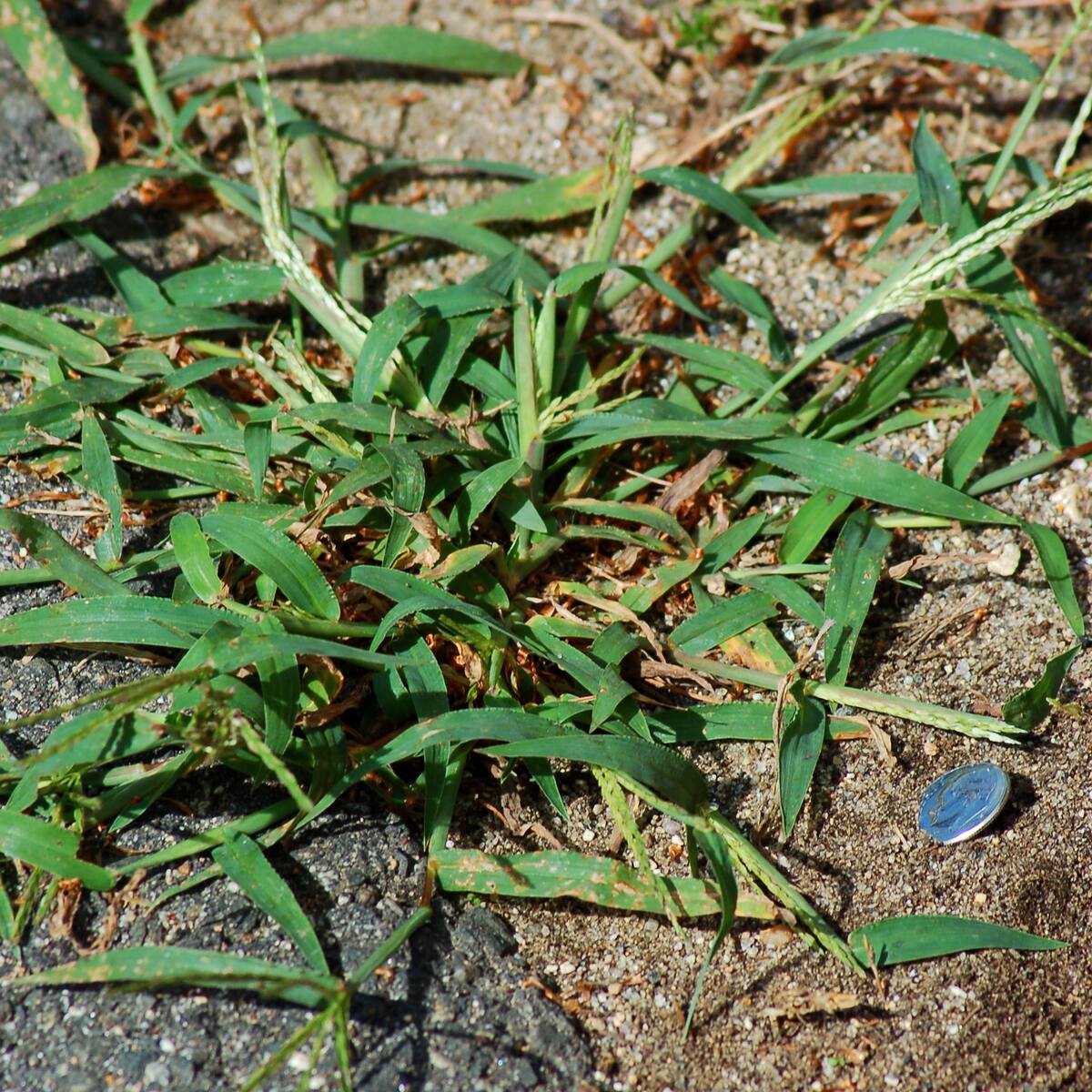
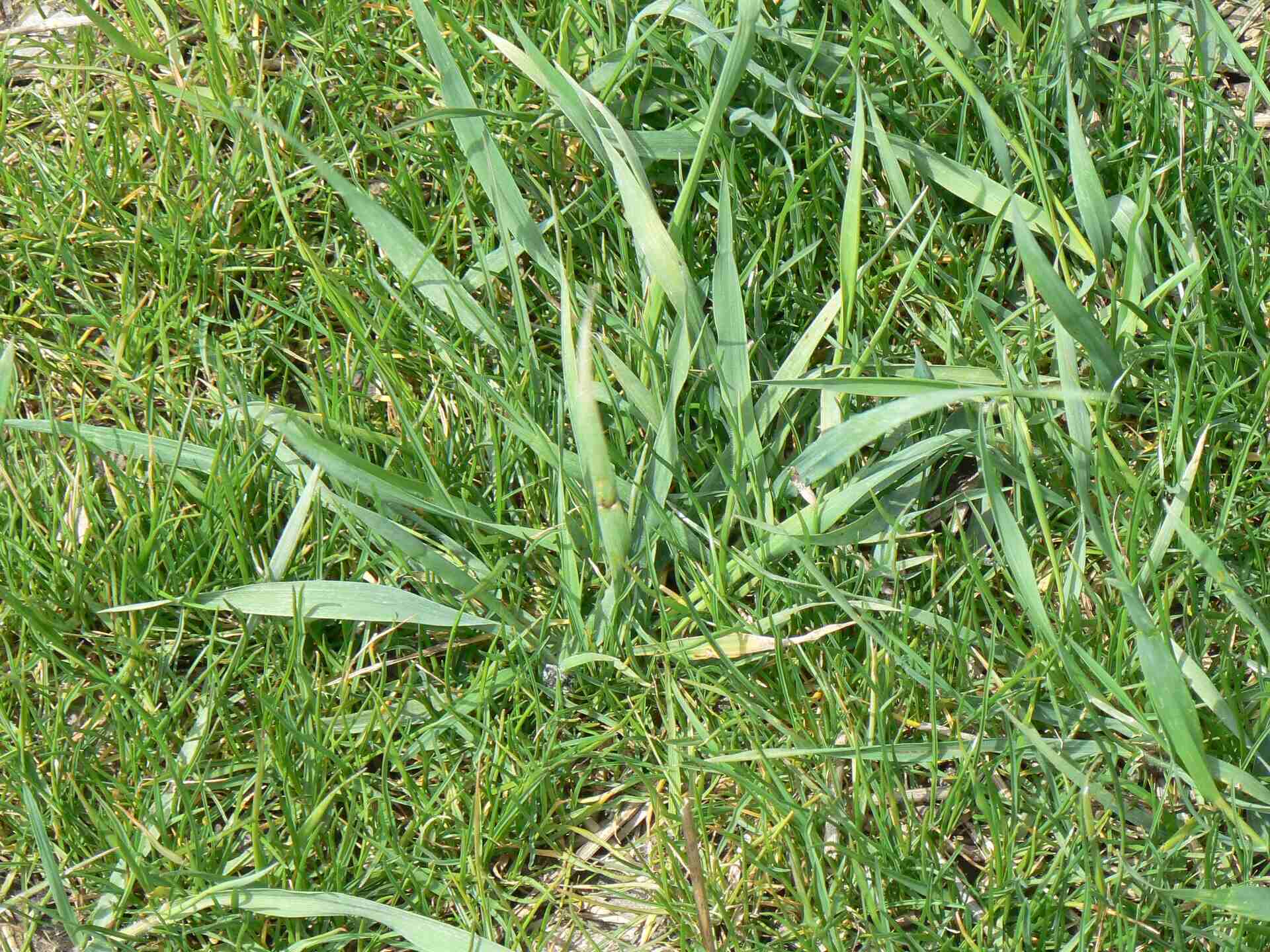
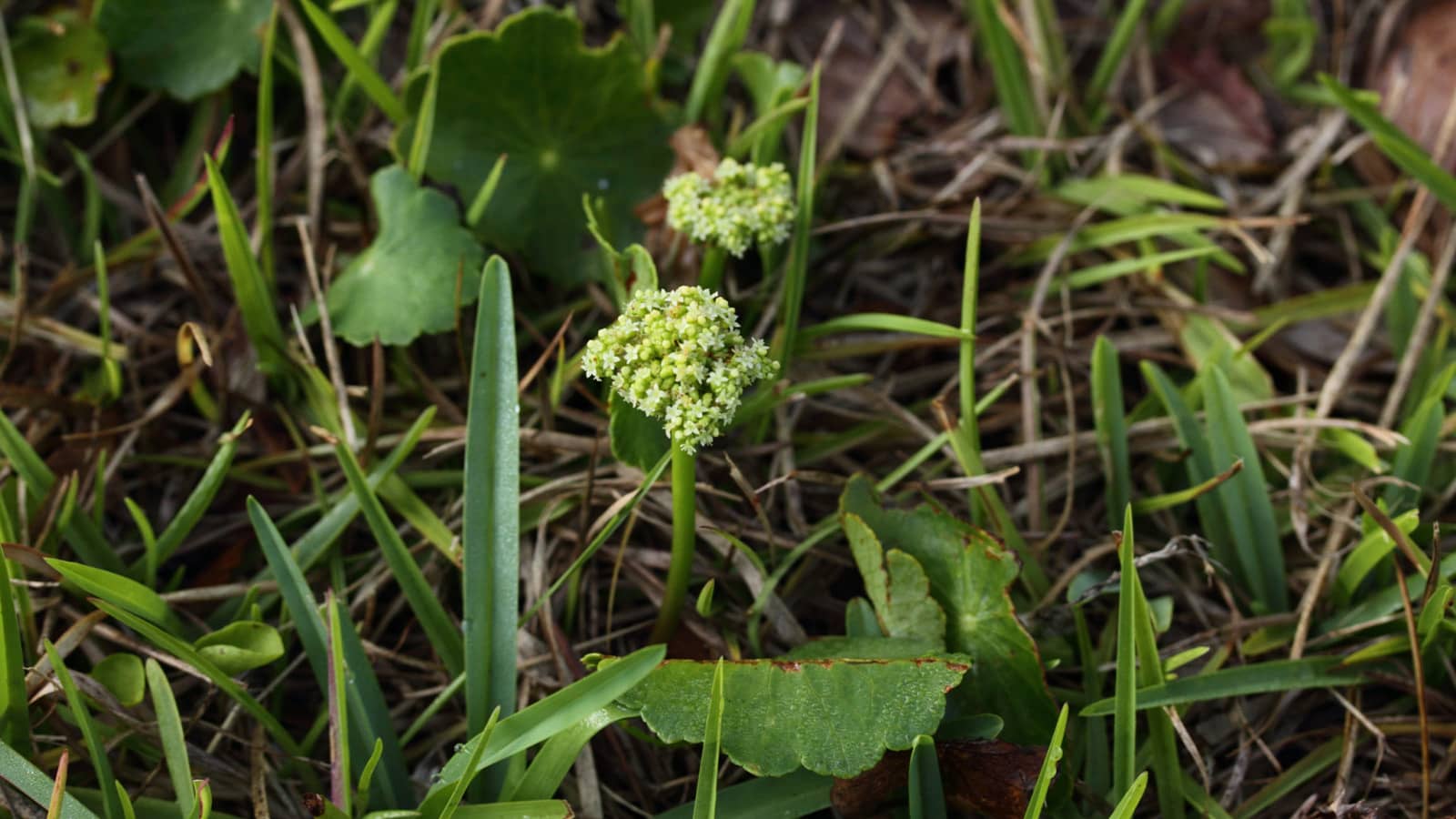
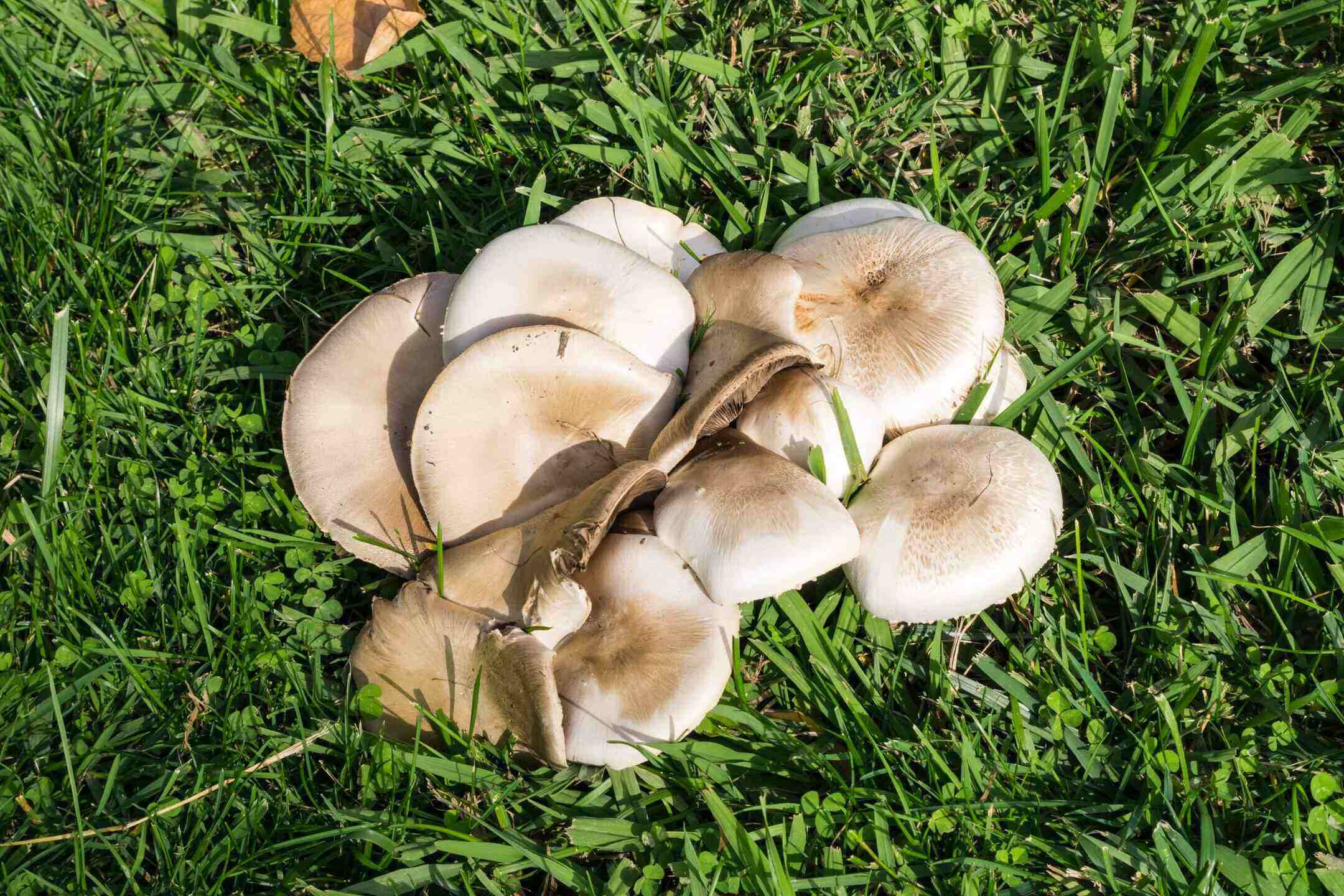
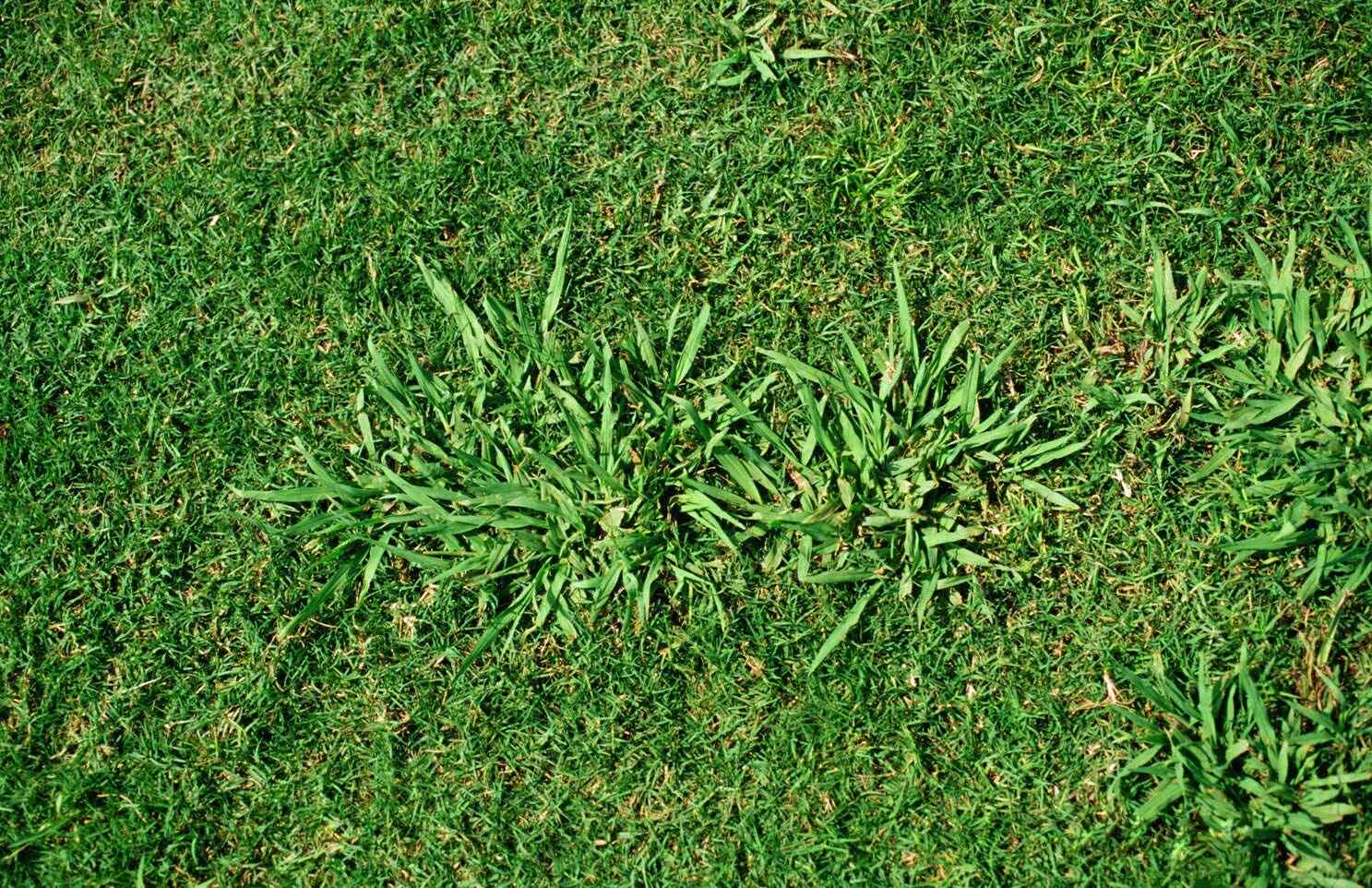


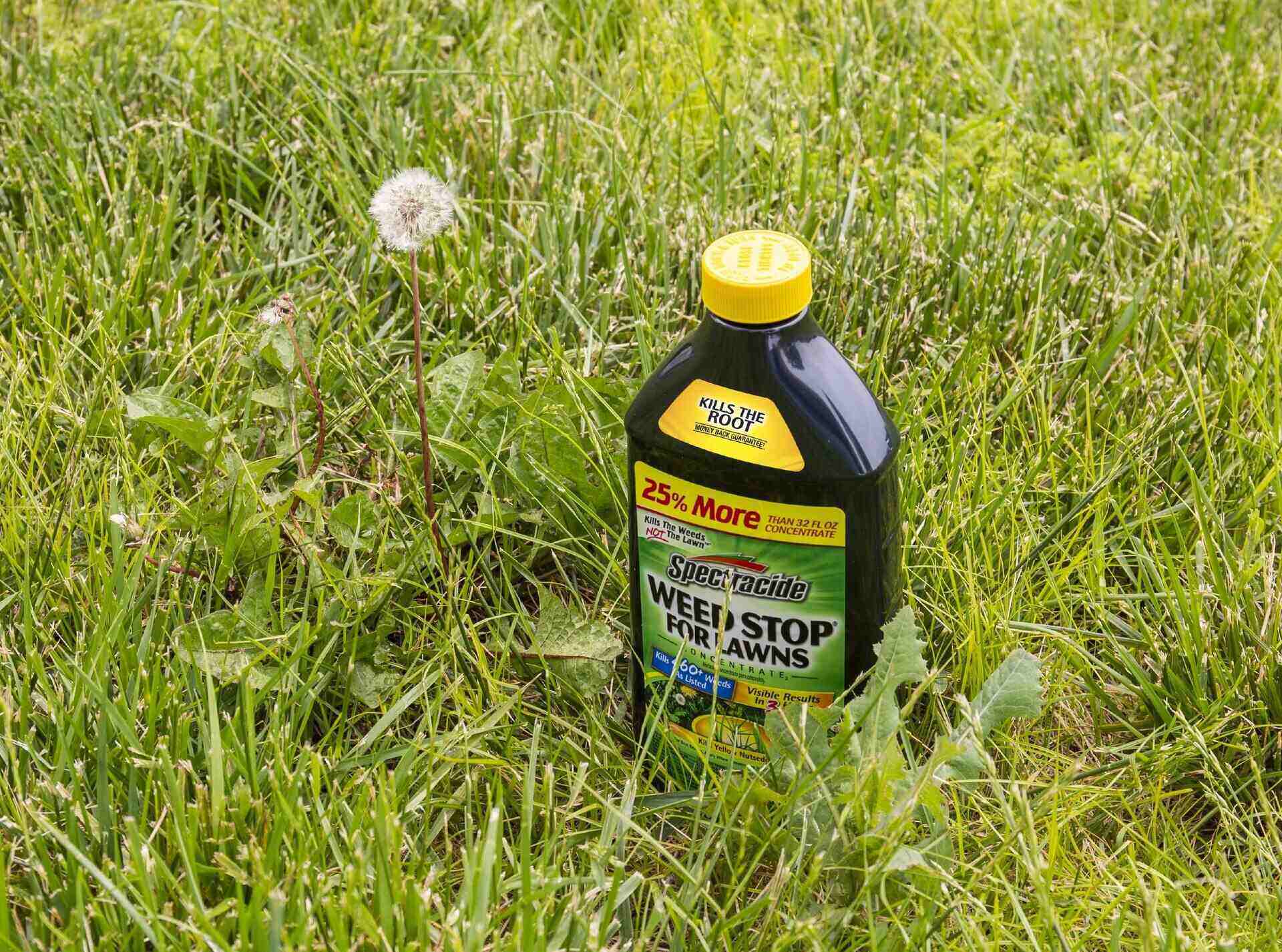
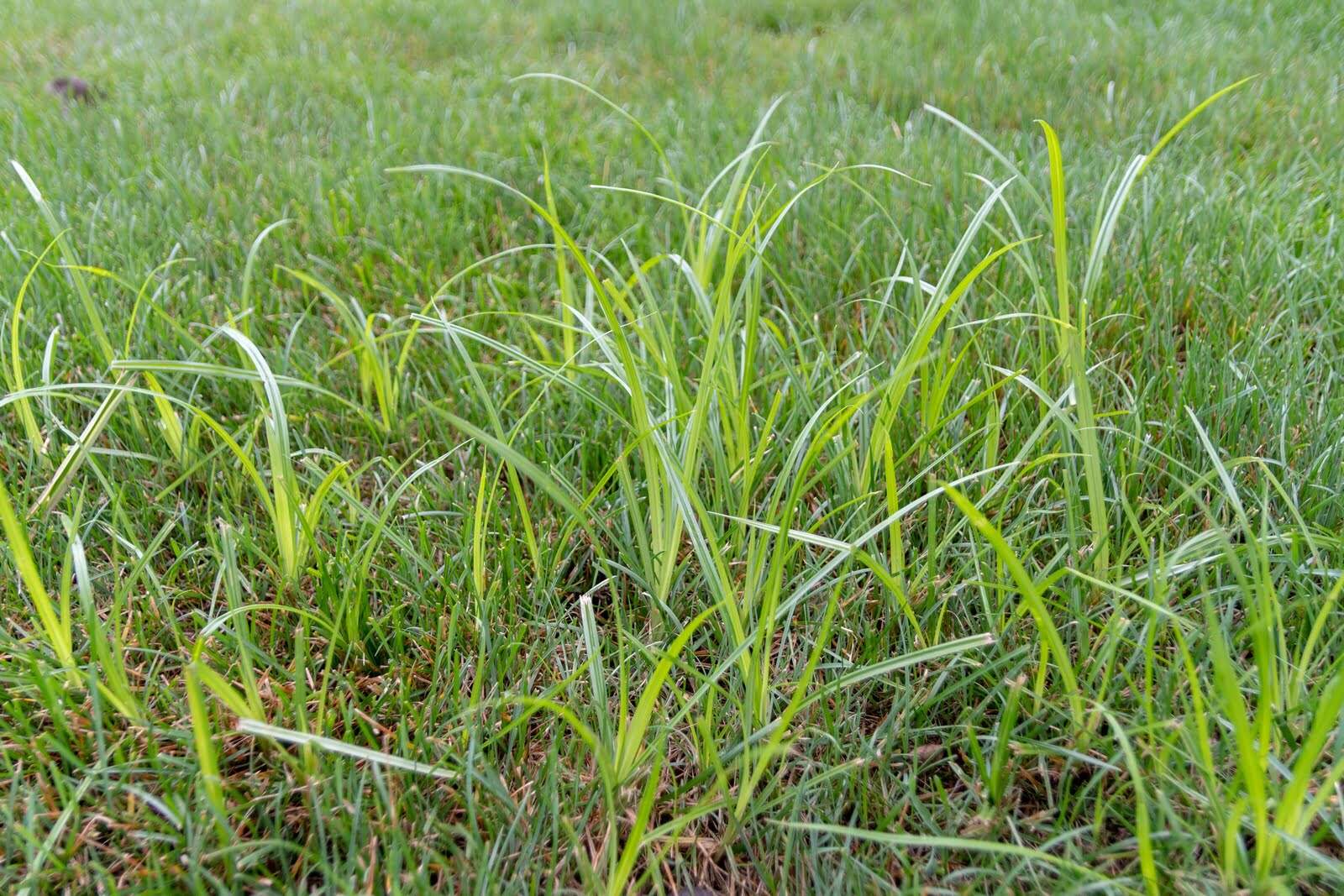
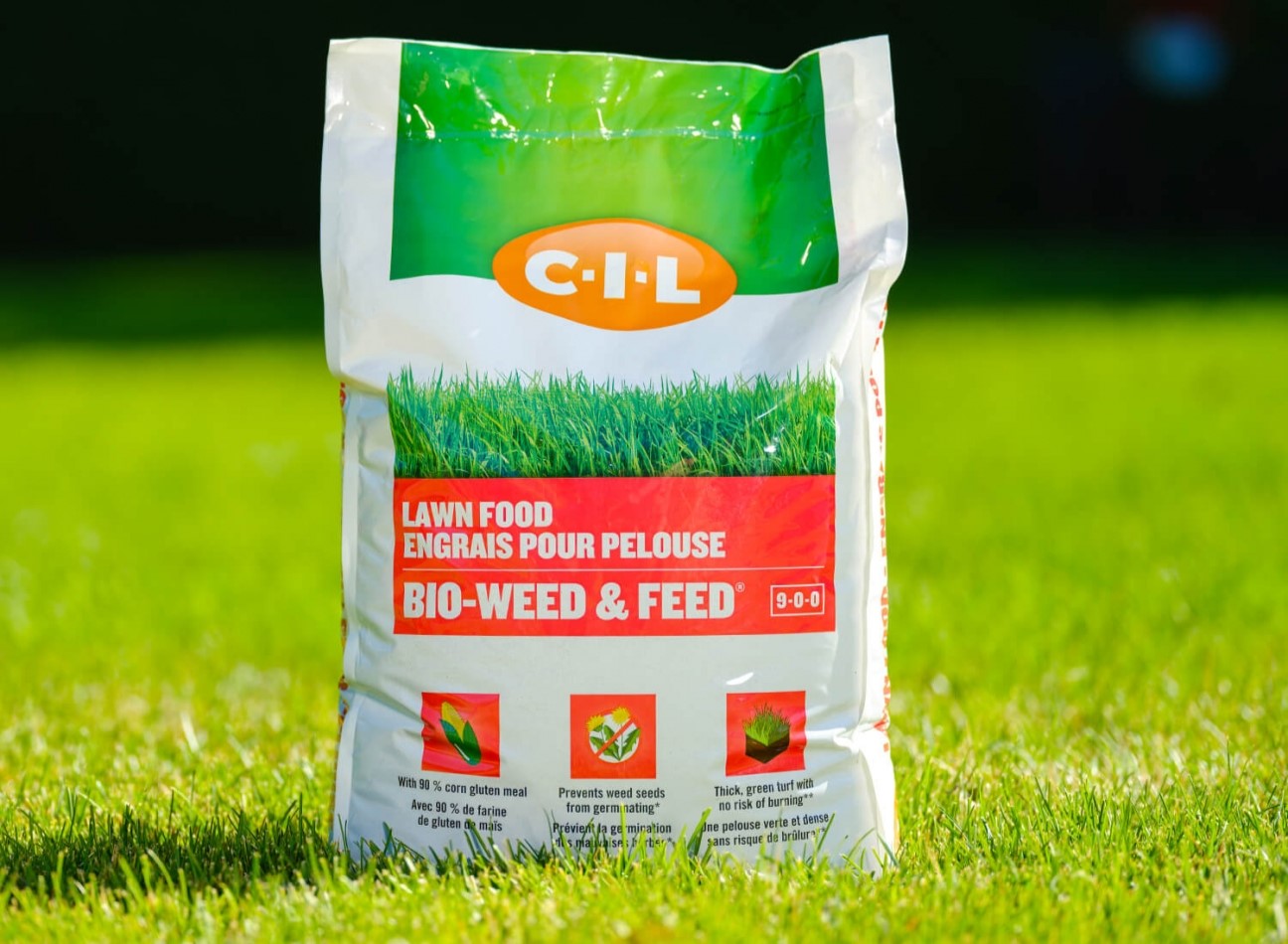
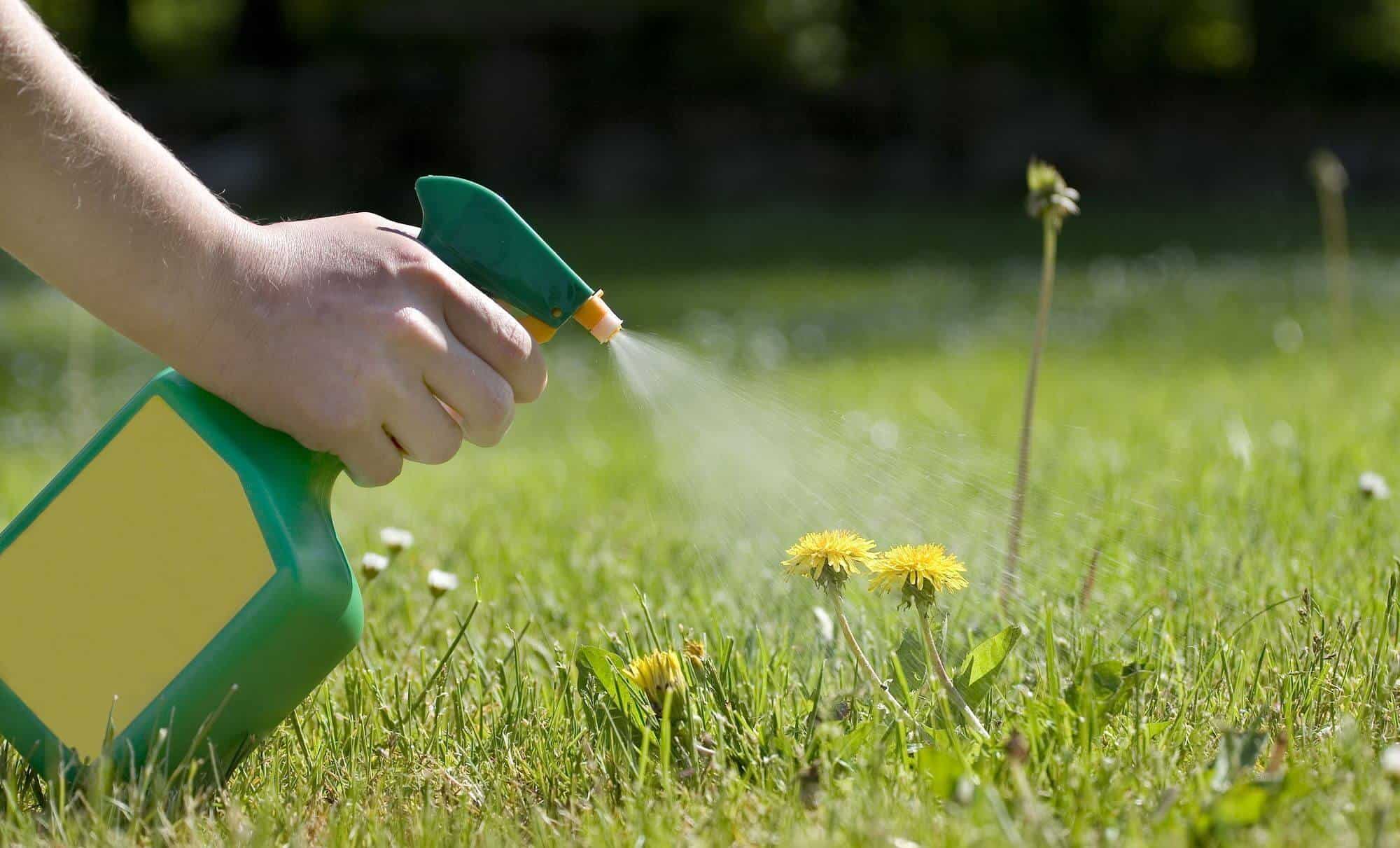


0 thoughts on “How To Kill Weeds In Lawns”